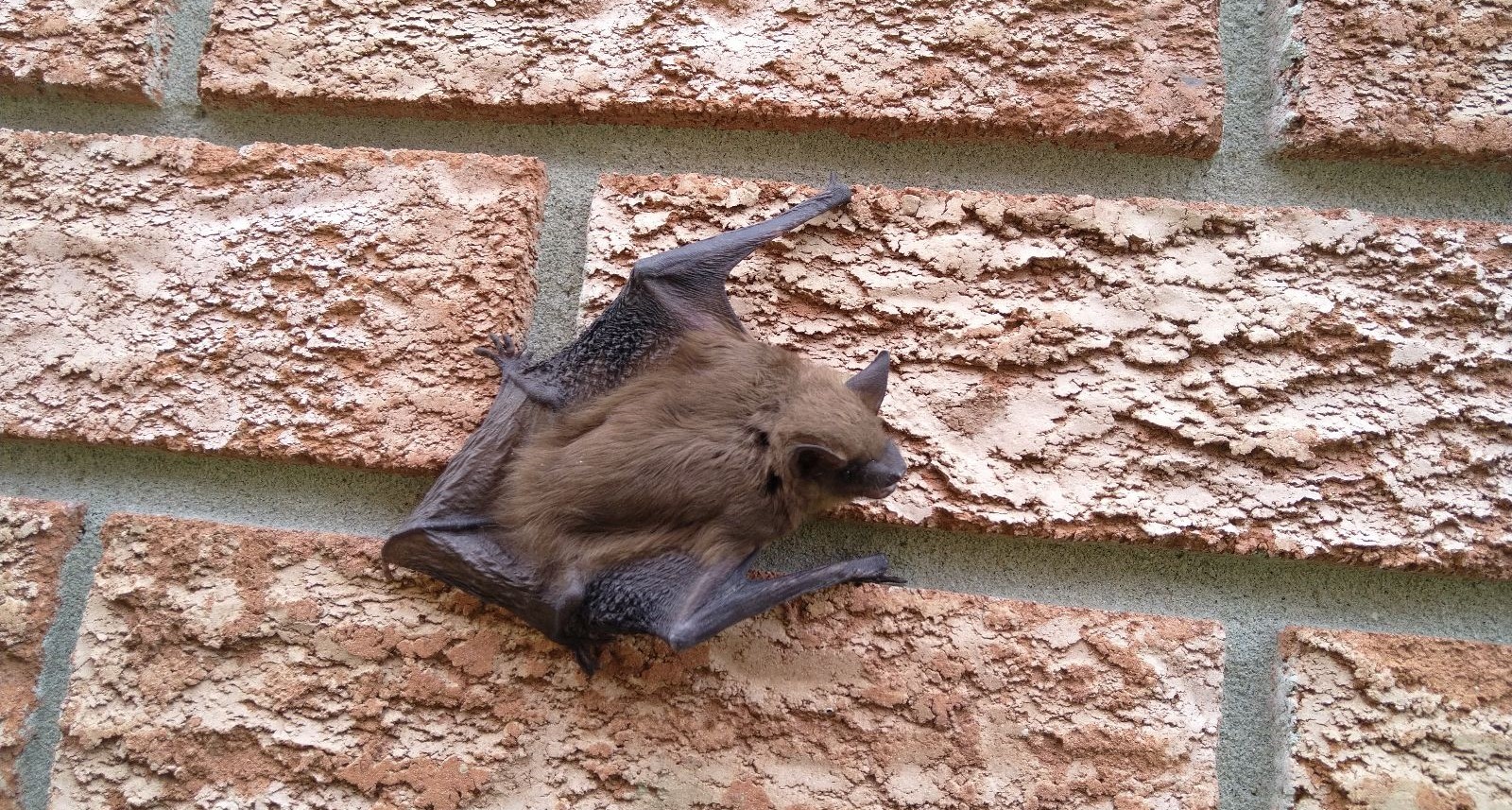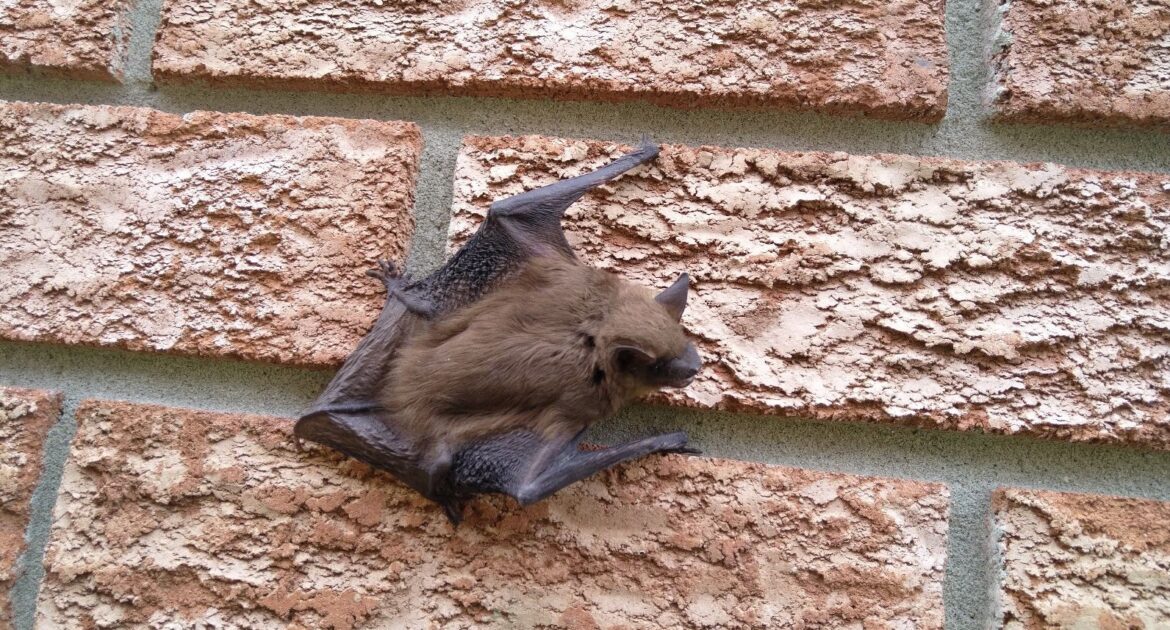When summertime hits Georgia, it’s not just about longer days and warm nights—bat season is here. Homeowners in John’s Creek may notice more bat activity as these fascinating creatures become busier in our local ecosystems.
Bats are essential for keeping insect populations in check, but they can sometimes make their way into attics or other parts of your home. Understanding their seasonal behavior and knowing how to address concerns humanely can help you coexist with these incredible animals while keeping your home protected. Here’s some practical advice tailored to Georgia homeowners.
Why Bat Awareness is Important in Georgia
Georgia is home to 16 species of bats, including the big brown bat and the Brazilian free-tailed bat. Bats play a critical role as natural pest managers, consuming thousands of insects each night. According to the U.S. Fish and Wildlife Service, a single bat can eat up to 1,000 mosquitoes in just one hour!
However, during bat season, these nocturnal animals can occasionally find their way into homes, attics, or outbuildings. While their presence benefits the environment, it can create challenges for homeowners, from noise disturbances to worrying about how to handle unexpected visitors.
Understanding bats and their behavior this time of year helps ensure you can coexist safely.
What Is Bat Season in Georgia?
Bat season in Georgia typically peaks during the warmer months, from late spring through early fall. This is when bats are most active, as warm weather means an abundance of insects and opportunities to feed.
During this time, female bats form maternity colonies and seek out safe spaces, like attics or eaves, to have their pups. Baby bats, called pups, are born between May and June. It’s essential to understand that during this maternity period, female bats and their young are highly vulnerable.
For homeowners, this is a time to stay vigilant. Bats seeking shelter may try to squeeze through small openings in roofing or siding. Prevention and humane management are key to ensuring both your home and these creatures are safeguarded.
Signs Bats Are Around Your Property
Wondering if bats are frequenting your property? Here are some signs to watch for during bat season in Georgia homeowners tips that can keep you prepared:
- Droppings (Guano): Bat droppings are small and dark but distinctive in texture. Finding them near entry points of your home could indicate activity.
- Chirping and Rustling Noises: Bats communicate through high-pitched sounds. If you hear these noises at dawn or dusk, it could mean bats are nearby.
- Sightings at Dusk: Bats are most active during twilight hours. Spotting bats flying overhead at sunset is often a sign they’re roosting nearby.
- Unusual Smells in Attic Spaces: A strong ammonia-like scent could indicate a bat roost.
Noticing these signs doesn’t mean you need to panic. Instead, it’s time to get proactive with solutions designed to keep your home secure.
Why Humane Methods Are Essential
While it might be tempting to try quick fixes, it’s crucial to avoid harmful or invasive methods. Bats are a protected species in many parts of the country, including John’s Creek. Humane wildlife control in Georgia bats focuses on sustainable and respectful management approaches, prioritizing the well-being of both people and animals.
At Skedaddle Humane Wildlife Control, we specialize in methods that ensure the safe removal of bats while preventing future intrusions. This includes identifying entry points, sealing gaps, and installing one-way bat doors that allow bats to leave but not re-enter your home.
These techniques are not only effective but also essential for maintaining the balance in our ecosystem. Remember, bats are not aggressive creatures. They prefer to avoid human interaction and will leave willingly when given the opportunity.
Tips for Preventing Bat Entries
Prevention is the best approach when it comes to ensuring bats don’t take up residence in your home. Here are some tips for keeping them out while respecting their role in nature:
- Inspect Your Home’s Exterior: Bats can squeeze through openings as small as ½ an inch. Check for gaps around vents, eaves, and roofing.
- Install Mesh Covers: Use fine mesh to cover vents, chimneys, and other openings to block entry points.
- Seal Cracks and Holes: Caulk or screen small cracks in brickwork, siding, or wood.
- Adjust Outdoor Lighting: Bright exterior lights can attract insects, drawing bats closer. Use low-glare or motion-detection lighting instead.
- Trim Nearby Trees: Overhanging tree branches provide easy access to your roof. Keeping trees pruned can reduce the chances of bats entering.
Taking these steps now can save you from unexpected surprises later while helping bats find safer places to roost.
Why Bats Should Be Protected
You may wonder why it’s important to protect bats rather than simply keeping them away. The truth is, bats are vital to our environment and economy. According to researchers, their insect-eating habits save U.S. farmers over $3.7 billion annually by reducing the need for pesticides.
Bats also play a role in pollination and seed dispersal. Some plants, such as agave, rely on bats for their reproduction, making them essential to ecosystems beyond our immediate environment.
By approaching bat challenges with care and compassion, homeowners can make a significant difference in preserving these important creatures.
The Role of Experts in John’s Creek Bat Control Solutions
Skedaddle Humane Wildlife Control specializes in effective and humane bat removal methods that prioritize both your home’s safety and the well-being of bats. Our approach is rooted in compassion and respect for these important creatures while ensuring your property is fully protected.
Here’s how we do it:
- Comprehensive Inspections: Our specialists conduct detailed assessments to identify all current and potential bat entry points in your home, ensuring no areas are overlooked.
- Sealing and Exclusion: We carefully seal entry points after confirming bats have safely vacated, using exclusion techniques that allow them to leave but prevent re-entry.
- Tailored Solutions: Every home is unique, so we create customized plans to address your specific needs and ensure long-term protection.
- Eco-Friendly Methods: Our process supports the natural behavior of bats, helping them thrive in their natural habitats while keeping your home bat-free.
By choosing Skedaddle, you’re not just solving a problem—you’re contributing to a balanced ecosystem. Our team is dedicated to providing humane, effective solutions that work for you and the environment.
Take Action to Protect Your Home
If you’ve noticed bats around your property or want to prepare for bat season, now is the time to act. Implementing these bat season in Georgia homeowners tips can make a real difference in preventing bat encounters and protecting both your home and the bats.
Skedaddle Humane Wildlife Control is ready to help. With expert services designed for John’s Creek homeowners, we’re here to ensure your home remains safe and secure while respecting the important role bats play.
Contact Us Today
Every homeowner deserves peace of mind during bat season. If you’re unsure about the next steps or need professional guidance, reach out to our team today. Skedaddle Humane Wildlife Control is here to support you with humane, effective, and safe solutions for bat control in John’s Creek.
Don’t wait until bats make themselves at home. Take charge of your property with our expert services and enjoy the warmer months bat-free and worry-free!




